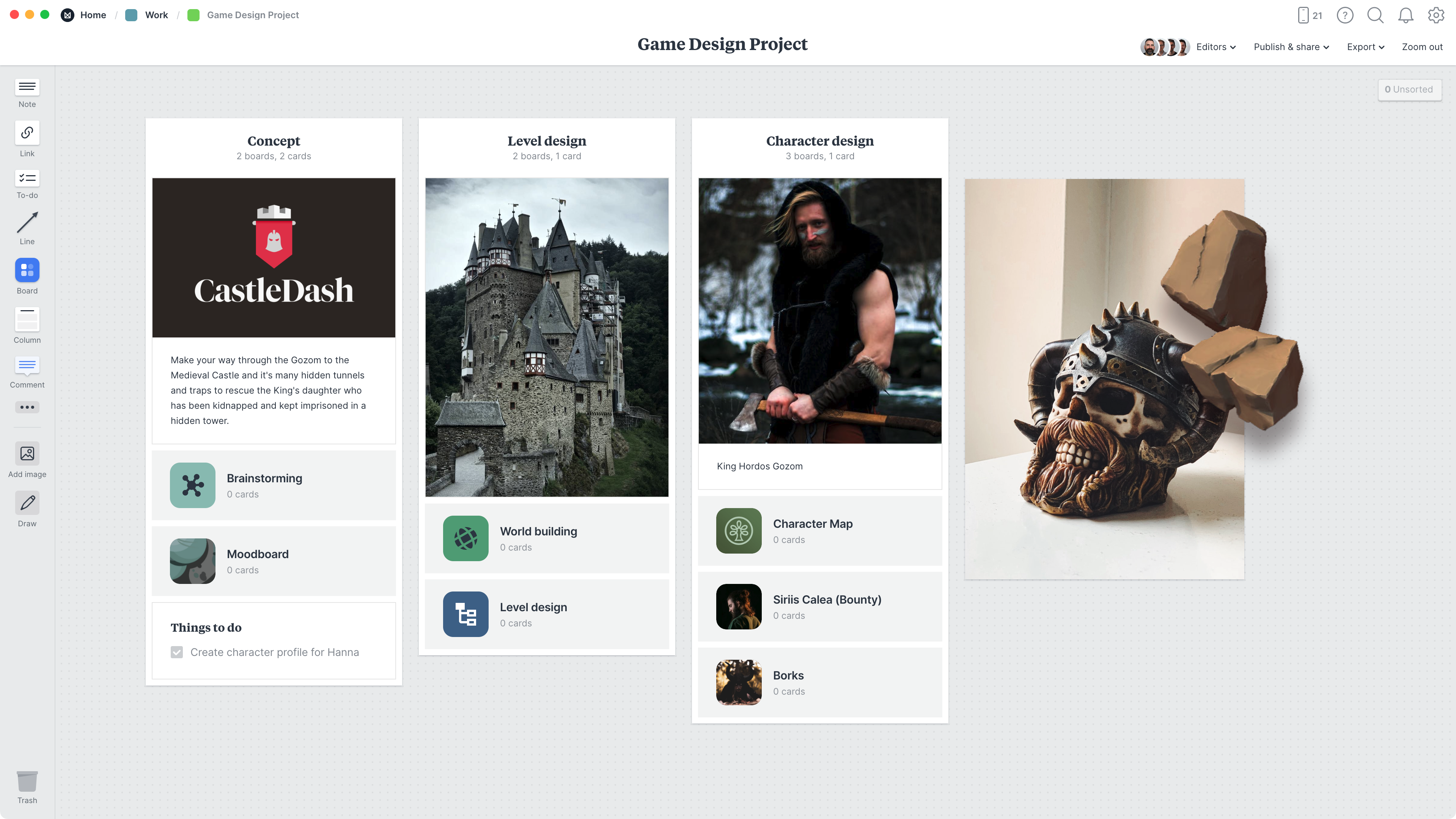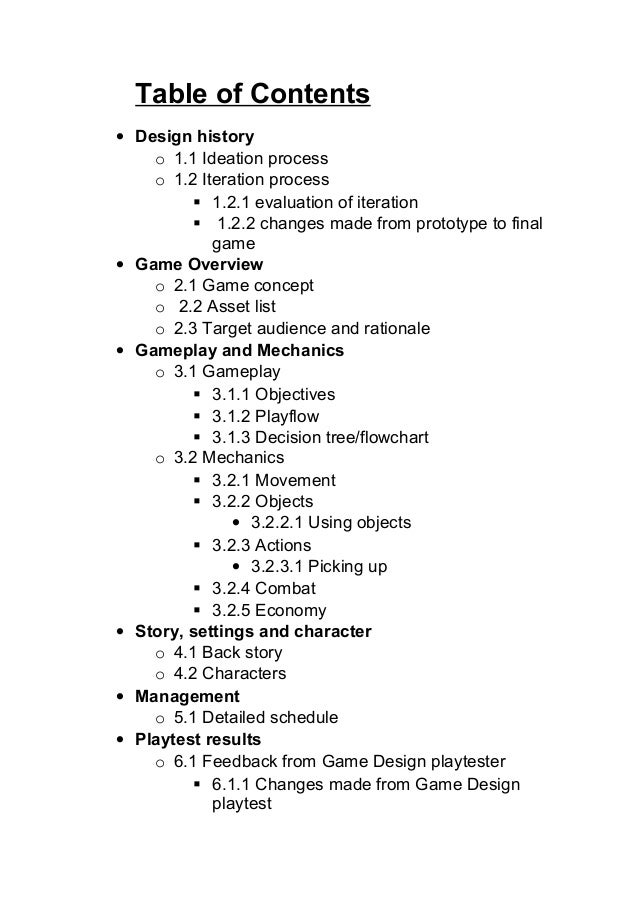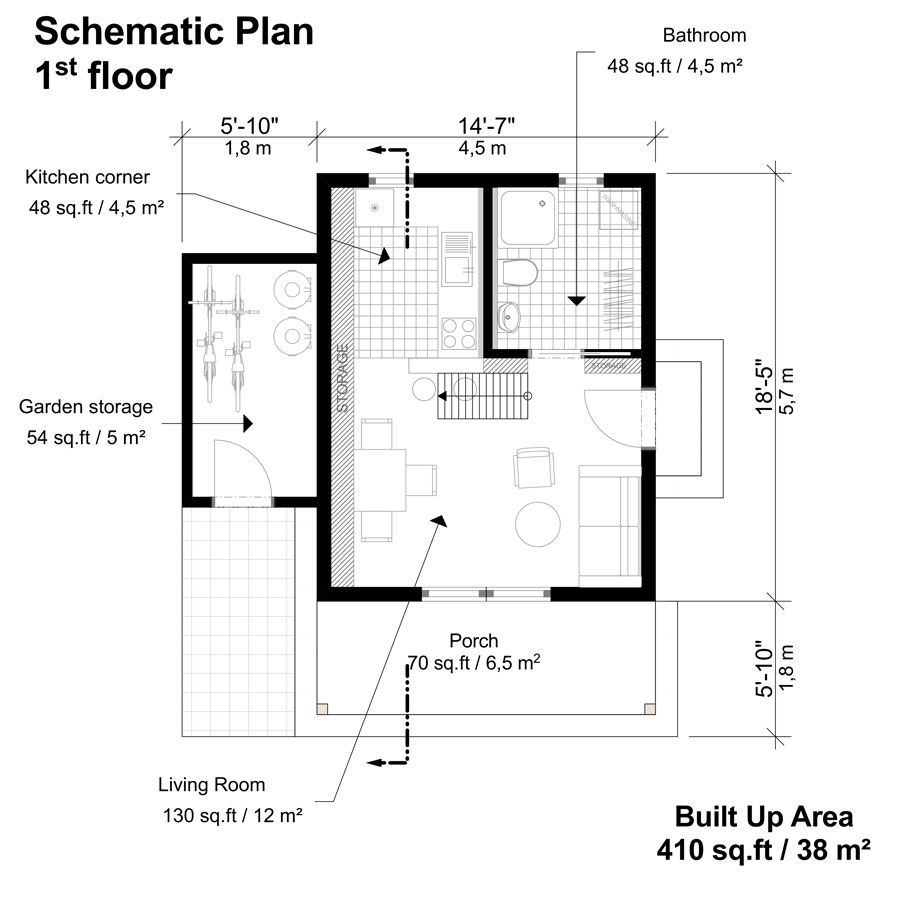Table Of Content

Now that you have a rough picture of how the level fits together, it's time to start considering how the scenes might look. Refer to your game design moodboard or gather images that represent specific parts of your level. Google images or Pinterest are a great places to grab free reference images. Start by grouping similar ideas to uncover patterns in your thinking.
How this content was created
At the end of the day, how you write your game design document is up to you and your team. Creating a video game is far from a trivial task, and while maintaining internal documentation may seem like a tedious task, it can save you a lot of time down the road. And after you have finished your game, your GDD will stand as a testament to all of your hard work.
Story Progression
How to Make a Roguelike - Game Developer
How to Make a Roguelike.
Posted: Tue, 31 Aug 2021 22:09:33 GMT [source]
Generally speaking, the decision to use a game design document or not depends on how you like to work. However, there’s no set standard for what a game design document should be, what it should look like or what it should actually do. However, while long written documents, that describe every detail of your game, may be considered old-fashioned, at some point, you are going need to communicate your game’s details and ideas to another person. Whether you even need a game design document or not can be a surprisingly divisive issue.
Art & User Interface (UI)
Ultimately, the game design document is supposed to help you and make things flow more easily. It shouldn’t be a burden or a “chore.” It might not be the sexiest part of game design (we’re still not sure one exists), but it is a worthwhile endeavor (at least on paper). And there aren’t a landslide of last-minute changes to every part of the game–the game design document is the dam that’s supposed to hold back that flood. Now, just because your game design document should be thorough doesn’t mean you need to have it all described at once. This document is your map, but it’s a map that can grow and change with your game (like the Minecraft map). While there is some merit behind these arguments, a game design document can be very helpful if it’s done correctly.

As with the game world section, some reference or concept art goes a long way here. Even if it is just rough and ready, visuals can give a sense of who these people are, how they go about their lives and how they relate to one another over the course of the game's events. In platformers like Super Mario Bros, running and jumping are core mechanics. In most first person shooters, traversing terrain and shooting enemies are mechanics. In almost all visual novels, choosing options from dialogue trees is a main mechanic. If you have levels or "physical" areas (as opposed to more abstract play areas like the screens of Tetris), a rough map can be very useful here.
Start with your central concept
This is completely fine, and can actually work great when adding to an otherwise cohesive and thoughtfully composed GDD. The HUD should be user-friendly, subtle, and customized to meet the unique requirements of each game and platform. When creating the HUD for a game, it is crucial to take into account elements such as mini-maps, health bars, and other items that assist the player.
I Finally Found a Work Computer Setup That's Practically Perfect - WIRED
I Finally Found a Work Computer Setup That's Practically Perfect.
Posted: Wed, 06 Apr 2022 07:00:00 GMT [source]
Once it’s Built, Set the Deadlines
Finally, mention the platforms your game will be available on, since that will of course influence both technical and design considerations. They noted that there can be disadvantages to this approach, particularly in communicating to different teams. Mechanics can broadly be defined as the ways players interact with the world and systems of the game, and the way those systems give feedback or react to the player's actions. This is where you outline what world your game will take place in. Delving deeper, you need to flesh out the descriptions of the story, setting, and who the characters will eventually be.

Art and Sound
It can also lead to surprise last-minute additions that end up being one of the game’s best features. Say you’re building everything around a game mechanic or concept that doesn’t work out. With prototypes, you can figure out what’s working and what isn’t. As you finalize these decisions, you can add them to the document. You’re putting together a strategy guide that everyone on your team can follow. Instead of having ten different versions of a superweapon planet, the document would show that it’s an artificially-created ring planet.
Now that your brainstorming session is complete, you have a strong foundation for your game! Remember, just as creativity and inspiration is constantly evolving, so are ideas. Making games for a living is an incredibly rewarding career, but it’s hard to break in unless you have insider knowledge.
This helps to provide a comprehensive overview of the game’s structure and elements. Any game project considers a GDD its linchpin, as this dynamic document navigates the development team through the game design process. It is a technical and descriptive document that provides detailed descriptions of game elements, ensuring everyone involved in the game project is on the same page. It should focus on explaining the key features of your game in detail, including game modes, controls, social features, monetization, and so on.
You might add any early ideas you have for the game’s visual style, what it might sound like, or what kind of music might end up being used. As an example, let’s look at the ‘Features’ list from a 2014 indie 2D platformer called Rex Rocket. Below are the features listed on the game’s Steam page, which you can also check out here. Instead of listing 50 vague features that will be impossible to all fit into the game, come up with around 5 to 10 main features that you absolutely must have (or would love to have) to make this game awesome. While the programmers will be the ones fixing bugs, they won't be the only ones finding bugs.
Think about different parts of your story, game plan and animation styles you could use, characters, or even the history of your topic. If you’re an aspiring game designer, you’ve probably heard about the importance of a Game Design Document (GDD). It oulines everything from the story to the game mechanics, and can even include your thoughts about art style, game economy, and more. If your game is light on story, a logline, rough synopsis, or brief outline of the plot will do very nicely here. You wouldn’t build a house on a flimsy foundation, so you shouldn’t build a game on one, either.
Equally important in the game design document is the explanation of failure modes. This section details players' challenges and consequences when they fail to meet certain objectives or fall short in their strategy. Documenting these aspects provides a clear understanding of the risks and stakes involved in the game, adding an essential layer of realism and challenge. Furthermore, the game design document delves into the specifics of the intended market. It goes beyond just the gameplay mechanics; it encompasses an analysis of the target audience, drawing parallels and distinctions with existing games in the market. This comparative analysis within the game design document is vital in identifying the game's unique selling points and potential market position.

No comments:
Post a Comment